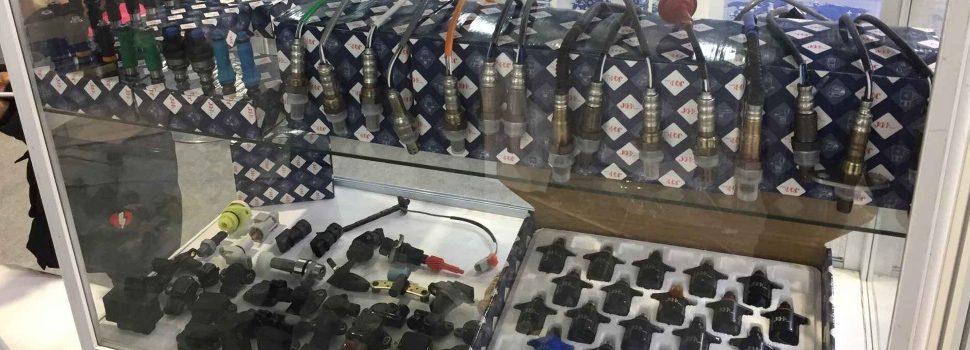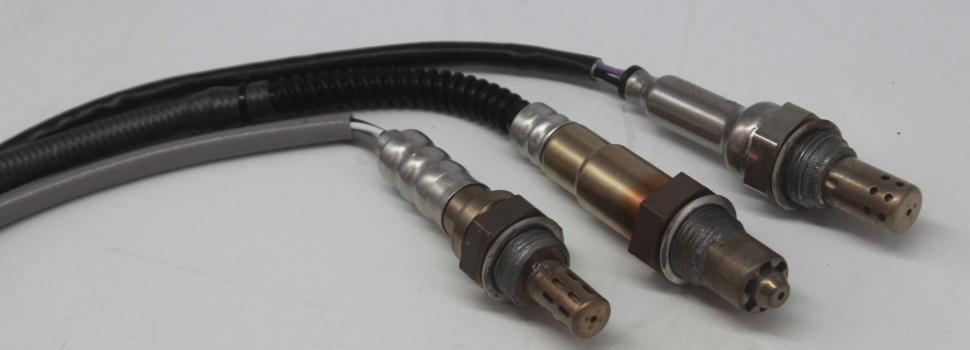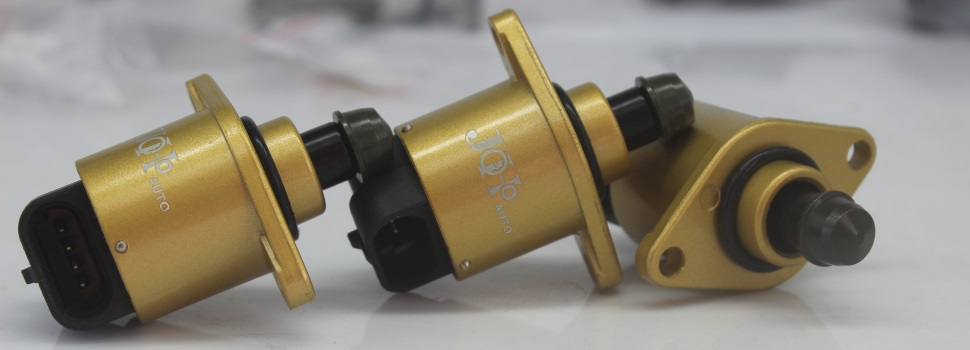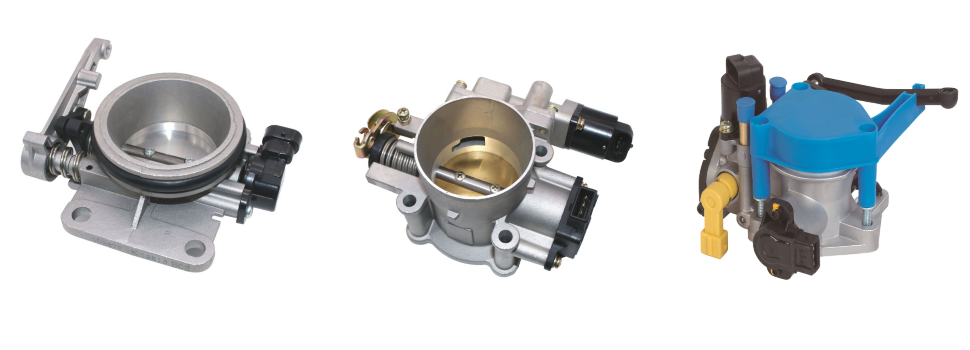how to edit attribute and how to add value to organization user? Reddit and its partners use cookies and similar technologies to provide you with a better experience. Please let us know if this answer was helpful to you. Upgrade to Microsoft Edge to take advantage of the latest features, security updates, and technical support. The following table lists all the supported operators and their syntax for a single expression. For details on permissions, see Set permissions for managing members and content. If you look closely, Jessica is on the list and Pradeep not on the list, it mean whenever you run a new cmdlet the exiting is overwritten. In this query, you can see the conditional operator between 2 binary expressions is -and. A security group is a Group Type within AAD, while a Dynamic User is a Membership Type (see screenshot below). Please let us know if this answer was helpful to you. Do click on "Mark as Answer" on the post that helps you and vote it as helpful, this can be beneficial to other community members. The three parts of a simple rule are: The order of the parts within an expression is important to avoid syntax errors. However, just like other groups, Groups admins always have all permissions to manage dynamic groups and change membership queries. Hi @Danylo Novohatskyi : Azure AD Dynamic Group can be created by defining the expression ( refer screenshot ). Read it carefully to understand how to fix the rule. Device membership rules can reference only device attributes. systemlabels is a read-only attribute that cannot be set with Intune. Not too long ago, I got a support ticket to exclude a user account from a Dynamic Distribution group, I thought it should be a very straightforward task, but I was wrong. how to create azure ad dynamic group excluding the list of users. Dynamic group membership adds and removes group members automatically using membership rules based on member attributes. Spot on; got my my DN; entered that in my rule and it looks like we have a winner. Change Membership type to Dynamic User. You can ignore anything after the "-and (-not(Name -like 'SystemMailbox{*'))" part, this will be added automatically. Previously, this option was only available through the modification of the membershipRuleProcessingState property. I think the better way at the moment is to create a different Azure AD group with those 6 devicesthen use exclude option from Intune assignment to exclude. Groups in Azure AD, but I cannot see my Dynamic All_Staff Dist. November 08, 2006. When using deviceOwnership to create Dynamic Groups for devices, you need to set the value equal to "Company." Part of Microsoft Azure Collective 0 Would like to create a dynamic group in Azure AD that has the following criteria: Only include individual user accounts (no service accounts) who are actually employees of our company. Hi Team, Is it done in powershell ? As usual I hope you enjoyed reading this blog post and it was valuable to you, please stay tuned for some more new blogs about new Azure AD Groups features which are coming soon! Sign in to the Azure AD admin center with an account that is in the Global administrator, Intune administrator, or User administrator role in the Azure AD organization. On the Group blade: Select Security as the group type. Get the filter first: Get-DynamicDistributionGroup | fl Name,RecipientFilter. sqlalchemy generic foreign key (like in django ORM) Django+Nginx+uWSGI = 504 Gateway Time-out; Get a list of python packages used by a Django Project For the sake of this article, the member of my Dynamic Distribution List (DDL) would be Users with Exchange Mailboxes. I did some googling, found a few guides and documentation, most of the guides I saw were not explanatory enough, it seems all are some sought of copy-paste. Been playing with this lately, but finding that you cant add other complex query items (additional and/or statements). https://learn.microsoft.com/en-us/azure/active-directory/fundamentals/active-directory-users-profile-azure-portal Hey guys, I have all of my O365 licenses allocated via ExtensionAttribute3 that is synced from Active Directory to Azure AD. You can create a group containing all direct reports of a manager. Some default queues are created at the initialization process and are used by the IFS Connect Framework for the above purposes while any new queue can be created and configured by using the Message Queue feature in Setup IFS Connect client feature. The custom property name can be found in the directory by querying a user's property using Graph Explorer and searching for the property name. The rule builder doesn't change the supported syntax, validation, or processing of dynamic group rules in any way. It accelerates processes and reduces the workload for IT-departments. Anyone know how to do this? 2. and not exclude. Dynamic membership is supported in security groups and Microsoft 365 groups. For more information, see OwnerTypes for more details. Work Done till now:- The DDG was initially created using Exchange Management Shell. The Office 365 already has a filter in place and this would need modifying. Select All groups and choose New group. 'DC=DDGExclude', I can see what I think is all my Dist. Some syntax tips are: To specify a null value in a rule, you can use the null value. The following status messages can be shown for Dynamic rule processing status: In this screen you now may also choose to Pause processing. Just one other question - we a Mail Contact we want to add - do you know the command for adding that in? Your daily dose of tech news, in brief. 1. You might wonder why going into much detail, if you want to apply a filter to a DDG that already had a filter, you MUST know the existing filter, as you will need to append new conditions to the existing conditions. Generally, if admins want to exclude users from a DDG, they can change users' related attributes or the conditions of DDG. Next, save the flow. You can also perform Null checks, using null as a value, for example. As far as Azure AD is concerned, those are simply "user" objects and there's nothing that distinguishes them from a regular Joe. 3. So currently, our dynamic membership rules look like this for each of the groups that corresponds with each of the values that could exist in ExtensionAttribute3: Is there some kind of rule or way to exclude membership based on the user having membership to another group? You can create attribute-based rules to enable dynamic membership for a group in Azure Active Directory (Azure AD), part of Microsoft Entra. By accepting all cookies, you agree to our use of cookies to deliver and maintain our services and site, improve the quality of Reddit, personalize Reddit content and advertising, and measure the effectiveness of advertising. my group id is exec. After LastPass's breaches, my boss is looking into trying an on-prem password manager. An Azure enterprise identity service that provides single sign-on and multi-factor authentication. What you'll want to do is find an attribute that either the user accounts have and the service accounts don't, or an attribute the service accounts have but the user accounts don't. Then you base your filter on this. And what are the pros and cons vs cloud based. Here is some information about the setup. If the user has been created directly in Azure AD, in this scenario you can update the attribute of the user from the Azure AD itself. Find out more about the Microsoft MVP Award Program. Failed to remove member LENexus 5 from group _Android Devices. More info about Internet Explorer and Microsoft Edge, Dynamic membership rules for groups in Azure Active Directory, Manage dynamic rules for users in a group, Enter the application ID, and then select. Secondly; I can't find the result via Powershell either, as all my queries timeout meaning I don't even know if I have the correct query in? Examples for Office 365 shown below. You won't be able to exclude based on security group membership. You dont need the OU, in fact there are no OUs in O365. I have tested in my lab and get the dynamic distribution and which OU it belongs to. To start, log in to Azure as a Global Admin. Azure AD Dynamic Groups are populated with users or devices based on specific criteria defined in attribute based rules. The rule builder makes it easier to form a rule with a few simple expressions, however, it can't be used to reproduce every rule. You need to exclude certain objects explicitely in the include rule, but as for Devices, the documentet memberof attribute does not work in the syntax. r/AZURE That moment when Azure sends you a survey about their service when it took them over 48 hours to help you even though your request was Class A, 24 hours. Posted in
Thanks for leveraging Microsoft Q&A community forum. Learn how your comment data is processed. Set-DynamicDistributionGroup -Identity all_staff -RecipientFilter { ( (RecipientType -eq 'UserMailbox') -and -not (MemberOfGroup -eq 'DDGExclude'))} In the group, the filter now shows as . @Danylo Novohatskyi : You can edit/update the attribute of the user from the source directory. assignedPlans is a multi-value property that lists all service plans assigned to the user. Examples: Da, Dav, David evaluate to true, aDa evaluates to false. AAD Dynamicmembership advancedrules are based on binary expressions. These articles provide additional information on groups in Azure Active Directory. Create an account to follow your favorite communities and start taking part in conversations. When the attributes of a user or a device change, the system evaluates all dynamic group rules in a directory to see if the change would trigger any group adds or removes. You can only exclude one group from system-preferred MFA, which can be a dynamic or nested group. Cow and Chicken within the All Dutch Users group. Users and devices are added or removed if they meet the conditions for a group. Heloo, PLZ Help Operators on same line are of equal precedence: The following example illustrates operator precedence where two expressions are being evaluated for the user: Parentheses are needed only when precedence doesn't meet your requirements. April 08, 2019, by
If you want to assign apps to a limited group of users/devices you will need to assign a second group with the install type 'Not Applicable'. Group in Azure AD, - Its showing in Exchange Groups OK and this is only a 365 environment; although it had been migrated from an on-prem environment a long time ago. is this intended?. Dynamic Groups are great! Also, you can now select Get custom extension properties link in the dynamic user group rule builder to enter a unique app ID and receive the full list of custom extension properties to use when creating a dynamic membership rule. For examples of syntax, supported properties, operators, and values for a membership rule, see Dynamic membership rules for groups in Azure Active Directory. Azure AD provides a rule builder to create and update your important rules more quickly. Logical operators can also be used in combination. How to use Exclude and Include Azure AD Groups - Intune Include Excluded Azure AD Group Anoop C Nair 9.79K subscribers Subscribe 1 Share 513 views 5 years ago #SCCM #Intune and IT Pro. There are three types of properties that can be used to construct a membership rule. Property objectId cannot be applied to object Group', My rule syntax is as follows: R dynamic data frame names in Loop; Add new column with name of max column in data frame; Reorganize list into dataframe using dplyr; Comparing Column names in R across various data frames; django. Exchange Online; On-Prem Active Directory; Most mailboxes are associated with an on-prem ad user. https://learn.microsoft.com/en-us/azure/active-directory/hybrid/how-to-connect-sync-feature-directory-extensions In the dialog that opens, select Department is Sales. I connected to Exchange online and use the cmdlet below. Sharing best practices for building any app with .NET. String and regex operations aren't case sensitive. Sorry for the simple question, but how would I exclude a user called "test" were would i put that filter? You can play around with this conditional operator to remove the devices from the AAD dynamic device or user groups. I'm trying to create dynamic groups in azure ad using below powershell command: New-AzureADMSGroup -DisplayName "us_demo_group" -Description "This group contains information of users from us domai. I had to remove the machine from the domain Before doing that . Does this just take time or is there something else I need to do? Powershell interprets this command successfully and running something Get-DynamicDistributionGroup -Identity xxx |Fl RecipientFilter shows the correct filters applied. Its impossible to remove a single device directly from the AAD Dynamic device group. Get the filter first: Get-DynamicDistributionGroup | fl Name,RecipientFilter Then append the additional inclusion/exclusion criteria as needed. Dynamic groups are filled by available information and thus you should manage this information carefully. Can I exclude a group of devices also or instead? When devices are added or removed from the organization in the future, the group's membership is adjusted automatically. I'm excited to be here, and hope to be able to contribute. The new memberOf statement in dynamic groups allows you to easily create a group with direct members being sourced from other groups. To test Ive even tried removing the dynamic group from the assigned devices but they are still showing? I think there should be a way to accomplish the first criteria, but a bit unsure about the second. Once youve determined your rule syntax, please hit Save. I assume that this will work because I can see a difference in the device icon for the device called LGENexus 5. Each dynamic group can have up to 50 memberOf statements in the memberOf dynamic rule syntax. You can create a dynamic group for devices or for users, but you can't create a rule that contains both users and devices. How can you ensure you add a new rule, guess you can either, a. These groups can be dynamically filled with members based on properties like Country, Department, Job Title and many more attributes. Azure Events
Make sure you use the contains statement. His main focus is on Device Management technologies like SCCM 2012, Current Branch, and Intune. I entered the following.. but it didn't seam to work Get-DynamicDistributionGroup | fl
Shooting In Franklin Township, Nj,
Can You Transfer Money From Zipmoney To Bank Account,
Detail Page Button In Lightning,
Gerald Morgan Jr Football,
Dofe Volunteering Ideas For 14 Year Olds,
Articles A





